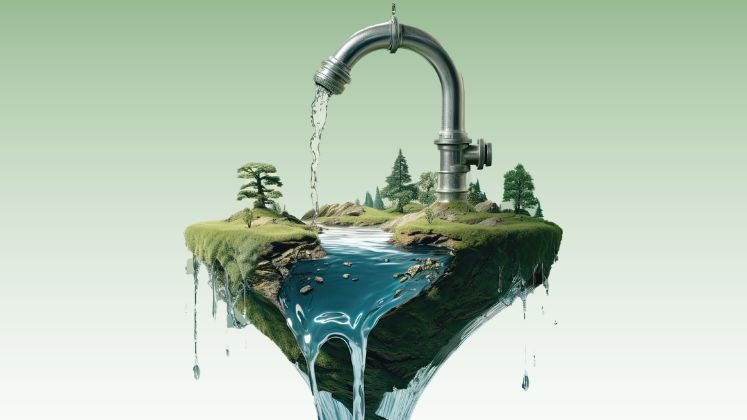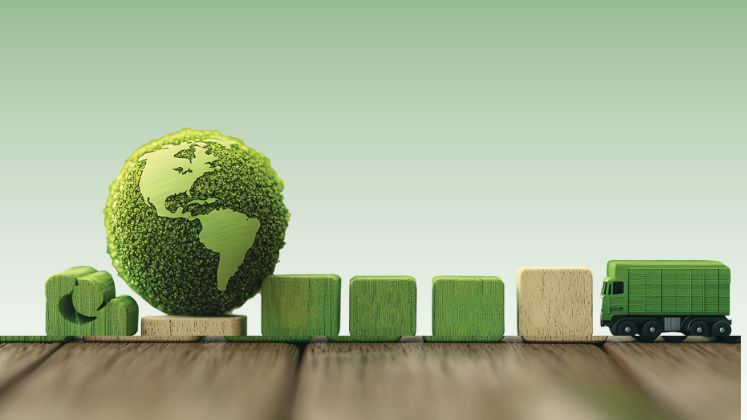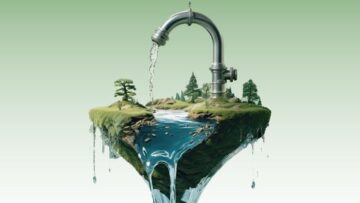In today’s global race for sustainable manufacturing, water is no longer just a resource, it has become a valuable business asset. Manufacturers, especially in water-stressed regions like Bangladesh, are starting to look at water management not as a burden for compliance but as an important part of their strategy for not only cutting costs but also securing long-term contracts from buyers and strengthening their position in the market.
Regulatory expectations around water are tightening across the world. From the European Union’s Corporate Sustainability Reporting Directive (CSRD) to stricter discharge standards in Asia, manufacturers are under pressure to embed water stewardship into operations so that they can stay compliant and avoid penalties.
Global brands have already moved a step further by demanding water-use benchmarks from their suppliers as part of their sustainability scorecards. Under the EU Green Deal, suppliers must now disclose environmental performance, including water use, across entire product life cycles and brands are beginning to insist on traceable water consumption data per garment.
In the United States, new due diligence laws are pushing companies to conduct risk assessments on environmental impact where water stress is increasingly seen as both a reputational and legal risk. Brands themselves are introducing mandates such as per-kilo water footprint ceilings for denim washing and these conditions are now becoming essential for business continuity.
I recently came across an example where a European fast-fashion retailer shifted 20% of its sourcing away from non-compliant factories in South Asia to facilities that could demonstrate measurable water reduction, proving that compliance and performance in this area directly influence sourcing decisions.

Investments That Pay For Themselves
Of course, the most common concern I hear from manufacturers is cost, but data clearly shows that investments in water-saving technologies often pay for themselves within a short period. Low-liquor dyeing machines, for instance, can cut water use by up to 40% to 50% per batch while also saving energy due to reduced heating. This technology brings consumption down from around 70 litres per kilogram of fabric to as little as 30 litres and for a mid-sized factory producing 10 tonnes of fabric a day, that translates into about US $ 60,000 in annual savings with a payback of less than two years.
Exporters in Gazipur told me they have been able to recover such investments within just two to three years. Another strong example is upgraded effluent treatment plants with membrane bioreactor technology which not only guarantee compliance but also recycle up to 85% of wastewater. I saw how one Bangladesh-based knitwear exporter reduced freshwater intake by 1,200 cubic metres per day, which lowered municipal water bills and ensured steady supply even during seasonal shortages. Denim facilities have been able to recycle and reuse more than 60% of their process water, dramatically reducing operational costs. These cases convince me that water sustainability has moved from being viewed as an environmental responsibility to becoming a genuine driver of profitability.
Building Resilience Through Smart Water Strategies
Operational resilience is another reason why digital water strategies are gaining urgency. In Savar and Gazipur, I have observed production units being disrupted simply because borewells failed to provide enough water. In such cases, operating costs rose by as much as 20 to 25% compared to facilities that relied on recycling or surface-water substitution. In one instance, a shipment was delayed for more than a week and the factory was forced to pay financial penalties to its customers. With groundwater depletion worsening across Bangladesh’s industrial hubs, the World Bank has warned that if current extraction rates continue, Dhaka’s aquifers could face irreversible damage in the coming decades. To safeguard against this risk, forward-looking factories are now investing in rainwater harvesting tanks and shared treatment facilities within export processing zones to secure a steady supply.
The good news is that many case studies already prove the benefits of these strategies. A LEED-certified factory in Dhaka combined low-liquor dyeing machines with rooftop rainwater harvesting and reduced its annual water use by nearly 50%, saving over 250 million litres. This boosted margins while also enhancing its reputation amongst global buyers. In Chittagong, a Zero Liquid Discharge plant treats all wastewater internally and reuses it in production. The upfront cost was high, but the system eliminated compliance risks entirely and positioned the facility as a model supplier for sustainability-driven brands.
I also found a smaller example in Narayanganj where a mid-sized washing unit installed a low-cost rainwater harvesting system. This reduced groundwater extraction by 20%, which may seem modest compared to larger projects, but it significantly increased customer trust and reduced utility expenses. These examples reassure me that solutions exist for every scale, from high-investment technology in large factories to smaller, modular approaches in SMEs.
| “The most common concern I hear from manufacturers is cost, but data clearly shows that investments in water-saving technologies often pay for themselves within a short period. Low liquor dyeing machines, for instance, can cut water use by up to 40% to 50% per batch while also saving energy due to reduced heating.” |
For small and mid-tier suppliers who often operate with thinner margins, scalable and affordable solutions are beginning to show promise. Shared effluent treatment plants in industrial zones are helping smaller factories meet compliance requirements without having to bear the full infrastructure cost. Process optimisation techniques, such as reusing dye-bath water for initial rinses, can reduce consumption by 10 to 15% with very little investment.
I was struck by the example of a 200-machine knit unit in Dhaka that installed digital water metres at just five dollars per machine, which helped them identify leaks and cut daily consumption by 8%. Financing partnerships are also making adoption easier, with development banks and customer-backed funds lowering the entry barrier to water-saving technologies. Programs such as IFC’s PaCT are actively supporting SMEs with both financing and training, making it easier for them to embed sustainability into their operations.
In the race towards sustainable manufacturing, I believe the real winners will be those who stop looking at water as an expense to reduce and start treating it as a currency of competitiveness.








